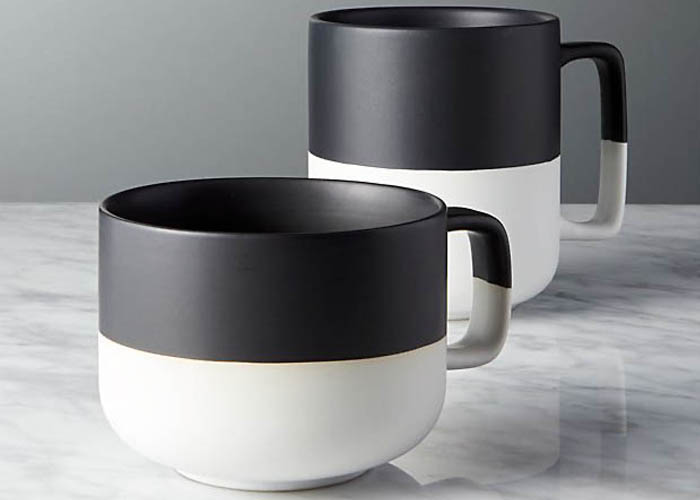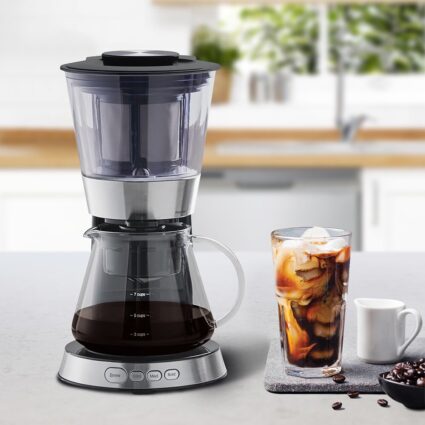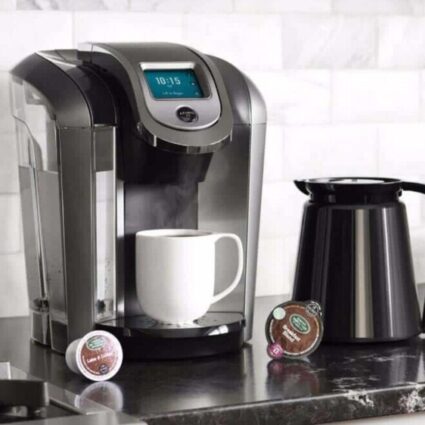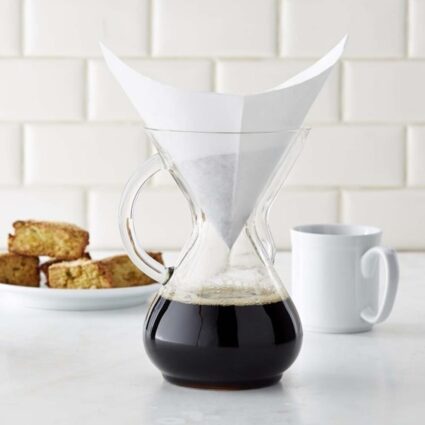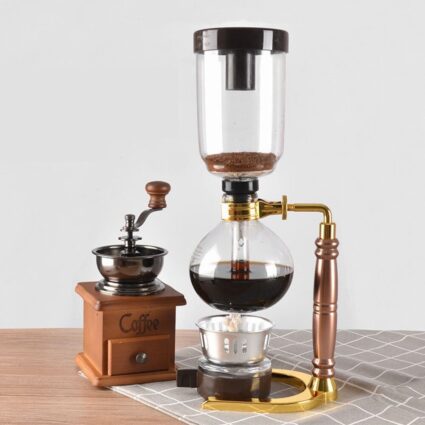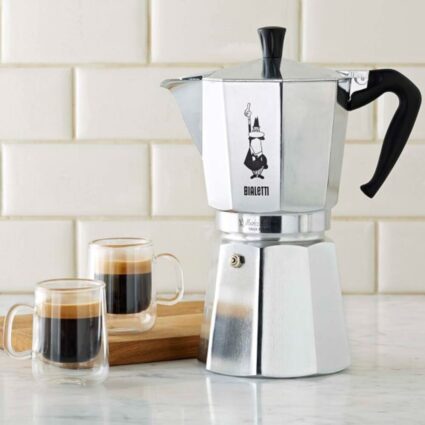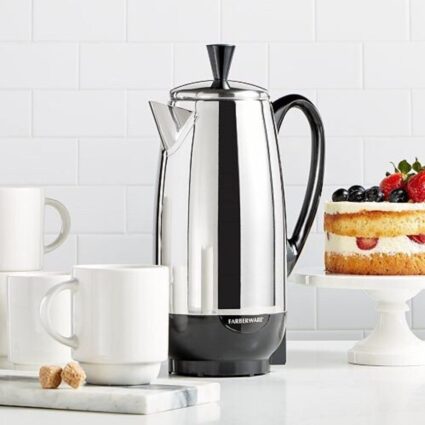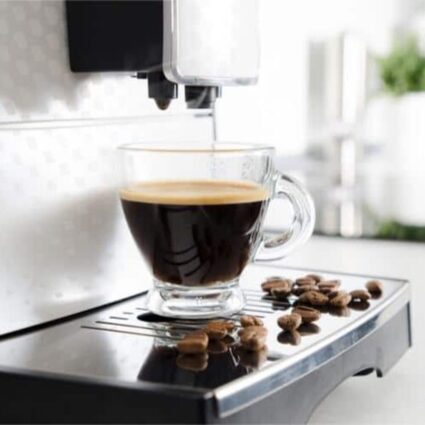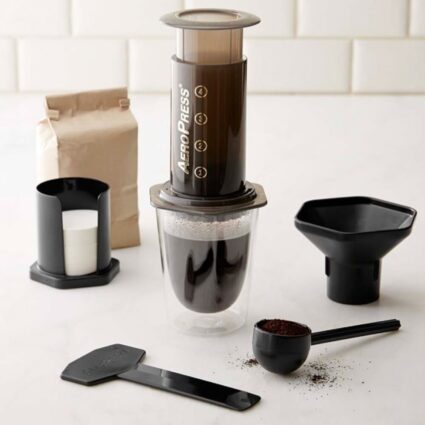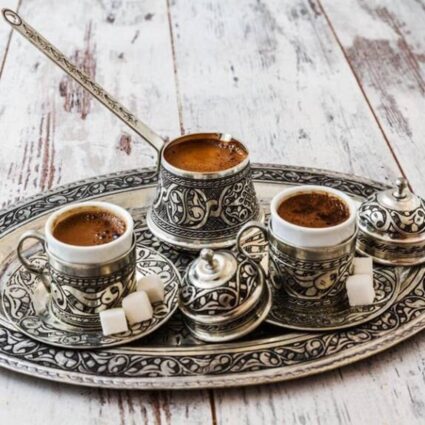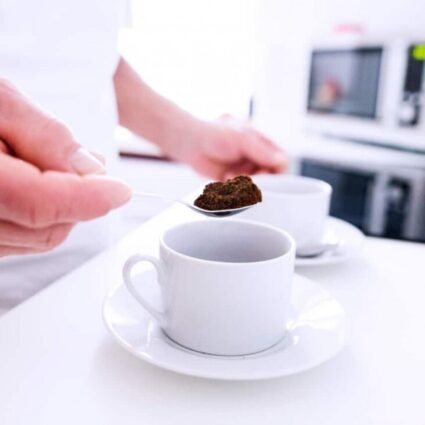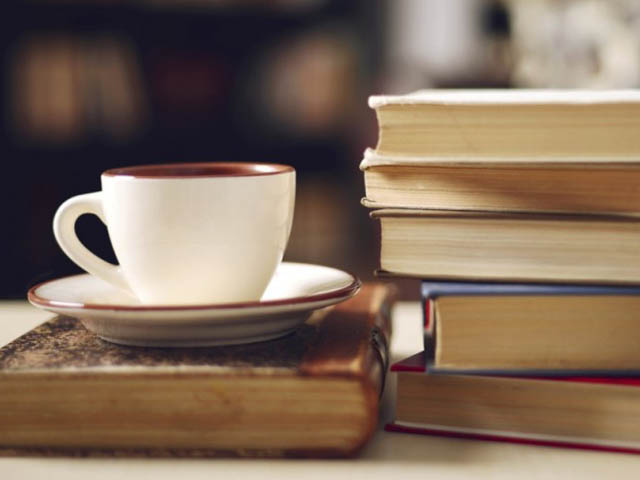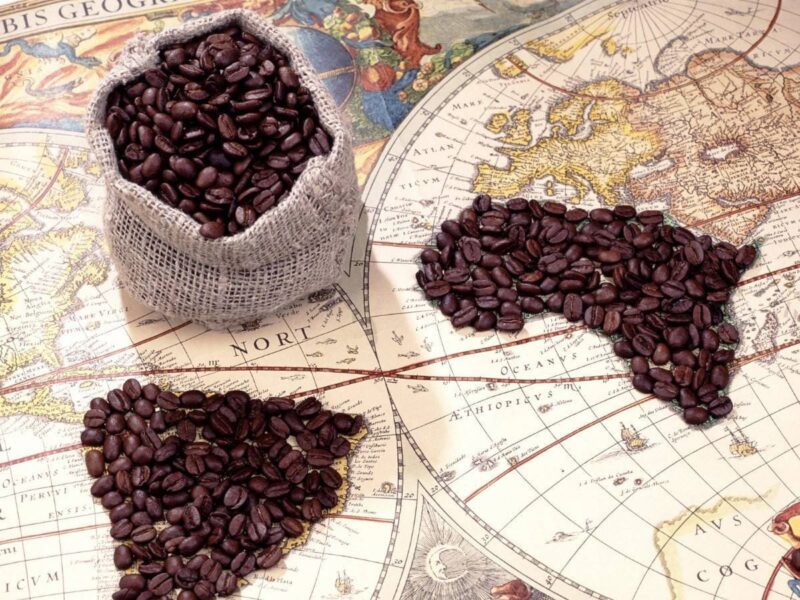FRENCH PRESS
A noble pleasure
The French Press is a coffee brewing device which is a container with a piston.
This is a method of manual coffee preparation based on the immersion principle. That being said, the coffee is completely immersed in water, and over time, the water separates from the coffee a number of necessary soluble substances, including caffeine. Over time, the solution process slows down and then stops, as the water becomes “saturated” and the coffee becomes “exhausted”. By that time, the coffee is ready, it can be served.
With the help of the piston, the coffee grounds are pressed down and held by the mesh filter at the bottom of the container. The ready to drink coffee is poured into cups and served.
Strange as it may seem, the invention of the French Press remains a matter of dispute between the French and the Italians until this day. As far back as the 1800s, French coffee shops had pots with metal presses that separated the coffee grounds from the brewed coffee and kept them at the bottom of the pot.
According to one legend, in the 1800s, a Frenchman who liked to prepare his coffee over a fire by boiling it, once forgot to add the coffee to the water. Remembering that he forgot to add the coffee beforehand, he adds the coffee to the already boiling water and waits for the coffee to dissolve in the water, but the coffee does not dissolve completely. With the help of a metal plate, he lowers the coffee grounds to the bottom of the pot and pours the coffee into a cup. The result was surprisingly satisfying to him. And here it was the French-Press prototype is ready.
In 1929, an Italian named Antilio Calimani received a patent for this coffee maker, but the coffee maker was put into mass production only after World War II by the French Company named “Melior” and became known to the whole world under the name French-Press.
- Pre-rinse the French Press with hot water close to boiling temperature;
- Pour the ground coffee into the French press;
- Pour half of the required amount of water and wait for about 1 minute;
- Add the rest of the water and close the lid;
- Wait for 4-5 minutes;
- Slowly lower the piston and separate the coffee grounds;
- Wait about 30 seconds until the coffee “rests”;
- Pour the coffee into cups and serve.
| Coffee Type | 100% Arabica |
| Roasting Level | Medium (Vienna Roast) Dark (French Roast) |
| Grind Size | Coarse (French-Press) |
| Water Temperature | 197 ÷ 205 ° Fahrenheit |
| Coffee / Water Ratio | 3-5 gr coffee / 100 ml water (1-1.5 tablespoon for every cup) |
| Preparation Time | 4-5 minutes |
| Serving Size | 240 ml (8 Fl Oz) |
| Caffeine Amount in 1 Serving | 90-100 mg |
| Nutritional Value | 3-5 Calories |
| Daily Dosage | No more than 3 Cups |
| Serving Method | – As is; -With Cream; – With Cakes and Desserts. |
W A R N I N G !
The given numbers are average and may be different from the actual values.
– The French and the Italians argue about the origin of the French Press.
– The French Press can also be used to make Cold-Brew. It is also suitable for infusing a tea.
– French press coffee is oily, which is visible on the top surface of the coffee. This is due to the fact that coffee filtering is not carried out with the paper filter.
– French-press lovers especially appreciate the coffee made in this way for the abundant fatty compounds in the coffee.
– The French Press has different names in different countries. Thus, in Australia, South Africa and New Zealand it is called “Coffee Cylinder”, in Germany – “Seal Kettle”, and in France – simply “Coffee Maker”.
The French Press is a coffee brewing device which is a container with a piston.
This is a method of manual coffee preparation based on the immersion principle. That being said, the coffee is completely immersed in water, and over time, the water separates from the coffee a number of necessary soluble substances, including caffeine. Over time, the solution process slows down and then stops, as the water becomes “saturated” and the coffee becomes “exhausted”. By that time, the coffee is ready, it can be served.
With the help of the piston, the coffee grounds are pressed down and held by the mesh filter at the bottom of the container. The ready to drink coffee is poured into cups and served.
Strange as it may seem, the invention of the French Press remains a matter of dispute between the French and the Italians until this day. As far back as the 1800s, French coffee shops had pots with metal presses that separated the coffee grounds from the brewed coffee and kept them at the bottom of the pot.
According to one legend, in the 1800s, a Frenchman who liked to prepare his coffee over a fire by boiling it, once forgot to add the coffee to the water. Remembering that he forgot to add the coffee beforehand, he adds the coffee to the already boiling water and waits for the coffee to dissolve in the water, but the coffee does not dissolve completely. With the help of a metal plate, he lowers the coffee grounds to the bottom of the pot and pours the coffee into a cup. The result was surprisingly satisfying to him. And here it was the French-Press prototype is ready.
In 1929, an Italian named Antilio Calimani received a patent for this coffee maker, but the coffee maker was put into mass production only after World War II by the French Company named “Melior” and became known to the whole world under the name French-Press.
- Pre-rinse the French Press with hot water close to boiling temperature;
- Pour the ground coffee into the French press;
- Pour half of the required amount of water and wait for about 1 minute;
- Add the rest of the water and close the lid;
- Wait for 4-5 minutes;
- Slowly lower the piston and separate the coffee grounds;
- Wait about 30 seconds until the coffee “rests”;
- Pour the coffee into cups and serve.
| Coffee Type | 100% Arabica |
| Roasting Level | Medium (Vienna Roast) Dark (French Roast) |
| Grind Size | Coarse (French-Press) |
| Water Temperature | 197 ÷ 205 ° Fahrenheit |
| Coffee / Water Ratio | 3-5 gr coffee / 100 ml water (1-1.5 tablespoon for every cup) |
| Preparation Time | 4-5 minutes |
| Serving Size | 240 ml (8 Fl Oz) |
| Caffeine Amount in 1 Serving | 90-100 mg |
| Nutritional Value | 3-5 Calories |
| Daily Dosage | No more than 3 Cups |
| Serving Method | – As is; -With Cream; – With Cakes and Desserts. |
W A R N I N G !
The given numbers are average and may be different from the actual values.
– The French and the Italians argue about the origin of the French Press.
– The French Press can also be used to make Cold-Brew. It is also suitable for infusing a tea.
– French press coffee is oily, which is visible on the top surface of the coffee. This is due to the fact that coffee filtering is not carried out with the paper filter.
– French-press lovers especially appreciate the coffee made in this way for the abundant fatty compounds in the coffee.
– The French Press has different names in different countries. Thus, in Australia, South Africa and New Zealand it is called “Coffee Cylinder”, in Germany – “Seal Kettle”, and in France – simply “Coffee Maker”.








